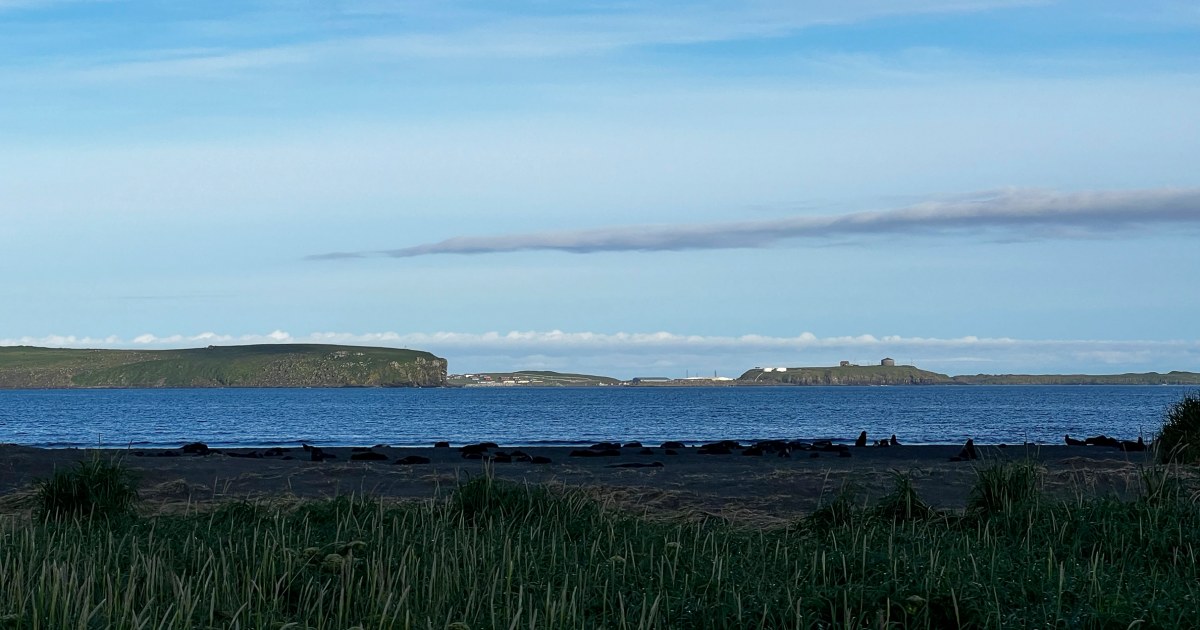The remote St. Paul Island in the Bering Sea was thrown into a frenzy when a rat was allegedly sighted by a resident. The presence of rats on islands can be detrimental to bird populations and disrupt ecosystems. Efforts are being made to prevent rats from reaching remote islands like St. Paul, where traps and surveillance programs are in place. The community is on high alert following the reported sighting this summer, with ongoing efforts to confirm the presence of rats. The U.S. Fish and Wildlife Service is considering eradicating rat populations on uninhabited islands in Alaska’s Aleutian chain to protect seabirds. The successful eradication of rats on formerly known Rat Island demonstrates the positive impact on bird populations. The island, now known as Hawadax, has seen native bird species thriving since the removal of rats. This success story highlights the importance of conservation efforts to protect vulnerable ecosystems from invasive species. The presence of millions of seabirds in the Aleutians underscores the value of preserving these remote habitats for wildlife. Conservationists emphasize the need for ongoing vigilance to ensure that rat populations do not re-establish on islands like St. Paul. The efforts to protect these islands serve as a testament to the wonders of nature and the importance of preserving biodiversity in remote ecosystems.
Photo credit
www.nbcnews.com
The search for a potentially non-existent rat on an Alaska island



